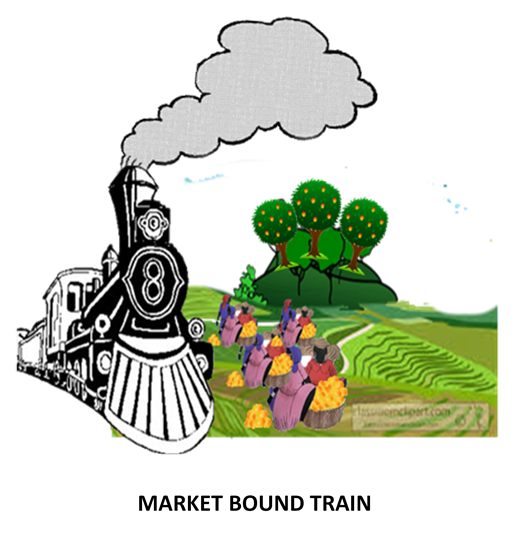Haiti was born in the latter 18th and early 19th century when 500,000 slaves engaged in a 13-year struggle for freedom and independence that was arguably the deadliest conflict in world history. About half of both the civilian and combatant populations were killed. Many died violently, but a greater number fell ill and died from yellow fever and dysentery.
In the end it was the victory not of one, but two revolutions. It was the victory of the 250,000 surviving former slaves. Most were illiterate. Their skin was black. They spoke languages of Africa, where more than half of them had been born, and a French patois (Kreyol) they had learned from their masters and creole house slaves and overseers. They knew little to nothing of French and religiously honored a pantheon of voudou spirits.
The other successful revolution was the 20,000 surviving ‘free coloreds,’ or affranchi mostly sons and daughters of French plantation owners and slave or manumitted mothers. Many were educated in France, they spoke French. Their leaders were former French officers. Up until the revolution they all thought of themselves as French citizens. Most of them were light-skinned. They honored Catholic Saints. They were not slaves and most never had been. In fact, Royal decree made them the marechaussee, the militia, responsible for putting down slave rebellions and hunting runaways. Before the revolution, they owned one-quarter of the colony’s plantations, and one-third of its slaves. Indeed, they spent most of the 13 years of the revolution trying to subdue the rebelling slaves and drive them back to the plantations. Two revolutions and two victors. The division was such that 136 years later, Yale sociologist James G. Leyburn (1941) would write that the only terminological concept adequate to describe the extremity of economic, religious, cultural, and color divisions between Haiti’s masses and its elite was “caste.”
The two revolutions have been fighting each other ever since independence. Almost like clockwork the country has experienced 15 to 30-year political reversals. For 15 to 30 years the black rural-oriented “Nationals” on top then; then for the next 20 years or so the mulatto urban “Liberal” elites. Those reversals have, as often as not, been associated with massacres and bloodshed. But in the broad sweep of history, the affranchis, or what some would call mulattos (despite many being black-skinned), with their connections and support from the international community have managed to politically and militarily dominate. However, the same cannot be said for the economy they adhered to. The informal economy prevailed. Indeed, not only did it keep both classes alive through embargoes, wars, revolutions, and natural disasters, but the elite politicians, officers, and merchants found themselves living off of it too. Murray (1977) describes the juggernaut success of the peasant informal economy in the decades following the revolution and the only reaction the ruling class could have had after failing to drive the peasants back to the plantations,
Without the government’s assistance, without its assent, a market-bound train had begun rolling, a train whose motion the government could not stop, whose direction it could not change. As a last resort, the leaders themselves simply jumped onto the train, reminded the passengers of their presence, and started collecting fares.
Haiti continues to be the site of a vigorous system of bustling open-air produce, livestock, and craft markets. These markets differ so little today from what they were 150 years in the past that a peasant from 1865 would have little trouble recognizing the products, the roles of the machann (local traders), and madam sara (itinerate traders). He or she would know exactly what to do, how to buy and sell. She would feel very much at home.
WORKS CITED
Leyburn, James G. 1966 (originally 1941) The Haitian People. New Haven: Yale University Press.
Murray, Gerald F. 1977 The Evolution of Haitian Peasant Land Tenure: Agrarian Adaptation to Population Growth. Ph.D. Dissertation: Columbia University








